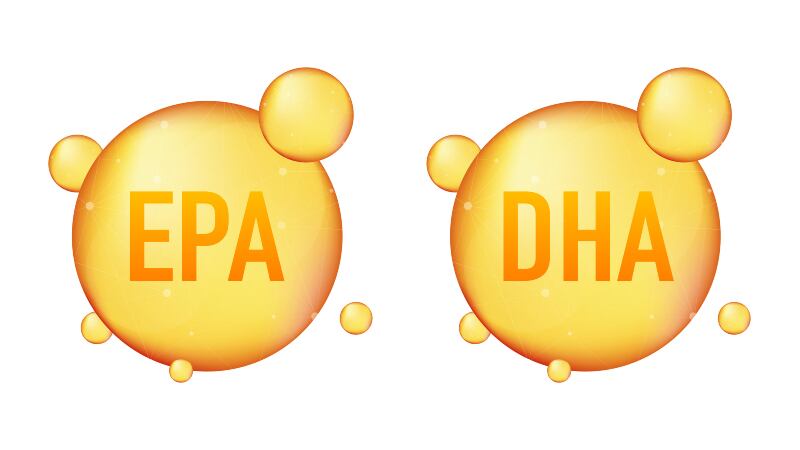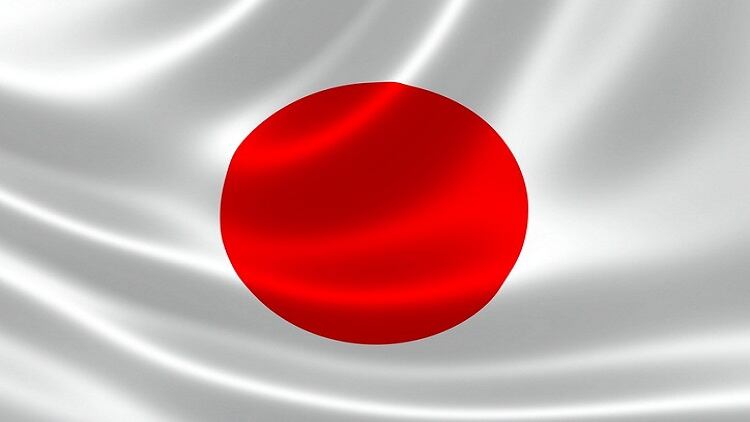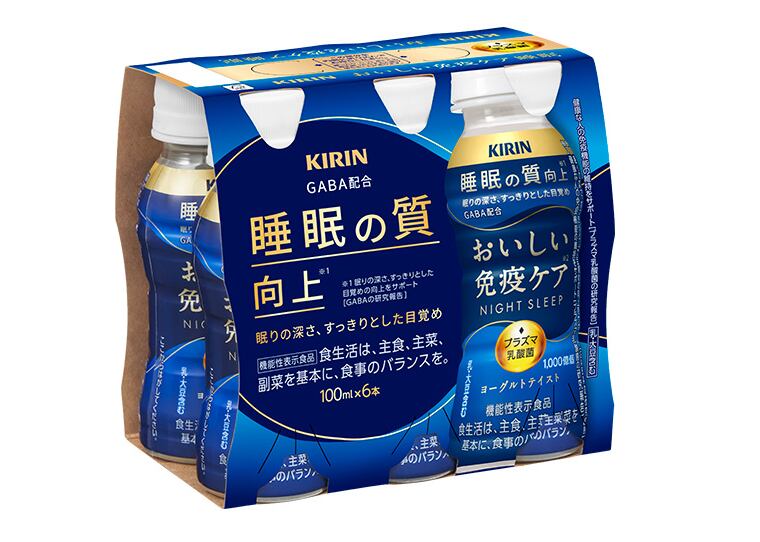LBW infants are defined as weighing less than 2,500g, with short-term outcomes including higher mortality and morbidity, and long-term outcomes such as a higher incidence of diseases like impaired glucose tolerance.
In Japan, the incidence of LBW, including multiple and preterm births, is 9.4%.
Studies have shown that inadequate maternal nutrition during pregnancy could be a cause of LBW. In particular, deficiencies of eicosapentaenoic acid (EPA) and docosahexaenoic acid (DHA) have been reported to increase risk of LBW.
To examine the association between the dietary intake and supplementation of EPA and DHA during the second trimester and the incidence of LBW in pregnant Japanese women, a group of Japanese researchers conducted a prospective cohort study.
It was part of the Japan Pregnancy Eating and Activity Cohort (J-PEACH) study, which has been conducted in four cities, namely Tokyo, Osaka, Fukuoka and Yamagata, since 2020.
This paper, published in Nutrients, used J-PEACH data obtained between February 2020 and October 2022. A total of 504 participants were included in the analysis.
Nutrition data were collected using the self-administered diet history questionnaire (BDHQ), while the frequency of DHA and EPA supplement intake was reported by the participants in a separate questionnaire during the second trimester (14 to 27 weeks).
Based on their total dietary and EPA and DHA intake, the participants were divided into three groups: low-intake (less than 172.3mg), medium-intake (between 172.3mg and 374.9 mg), and high-intake (374.9 mg and above).
It was found that the incidence of LBW among the participants was 6.5% (33), with the proportion of LBW infants higher in the low-intake group (p = 0.04).
There was no significant sex-based trend for the newborn boys and girls (p = 0.27 and p = 0.35).
The total EPA and DHA intake for the participants was 296.6 ± 180.5 mg/1000 kcal in the normal birth weight (NBW) group, and 257.6 ± 175.8 mg/1000 kcal in the LBW group.
These quantities are considerably lower than those recommended by Japan’s Ministry of Health, Labour and Welfare, which are 1,600 mg/day for n-3 fatty acids, including EPA and DHA.
“Furthermore, the average energy intake (1516.1 ± 524.7 to 1545.8 ± 407.4) observed in this study was markedly lower than the estimated requirement (1,950 to 2,300 kcal/day) in the second trimester.
“Although energy intake in self-administered questionnaires tends to be under-reported, it is evident that pregnant women do not receive adequate nutrition, and that low dietary and supplementary EPA and DHA intake until the second trimester were risk factors for LBW in Japanese women,” the authors wrote.
Changing dietary and supplementation habits is key
EPA and DHA are n-3 unsaturated fatty acids that play a crucial role in various body functions, and cannot be synthesised in the body.
As EPA and DHA are believed to improve vasodilation (widening of blood vessels) by increasing blood flow, they may also be responsible for raising placental blood flow.
It has been reported that the deficiency of these two fatty acids during the perinatal period causes inflammation, which can result in preterm delivery and gestational hypertension.
Unsaturated fatty acids build up in maternal body fat during the first trimester, and are transferred to the placenta via a three-fold activation of lipoproteins in the second trimester. During the third trimester, the accumulation of unsaturated fatty acids and progesterone increases simultaneously, promoting foetal growth.
“Usually, the second trimester is when many pregnant women can control their eating habits without experiencing nausea and vomiting. We believe that it is important for the mother to consume sufficient amounts of EPA and DHA during this period to enable the transfer of adequate quantities of these fatty acids to the foetus in the third trimester.”
The overall undernourishment indicated in this study is attributed to time constraints because of work, and the inherent lack of appropriate dietary intake.
“Currently in Japan, the BMI of the fertile generation (20s and 30s) is declining — approximately 25% of women have a BMI of less than 18.5. This suggests that women may unnecessarily diet because of a desire to lose weight. When they become pregnant, they may maintain the same diet, so it may be necessary to re-examine the reference values in this age of growing desire for thinness.”
EPA and DHA can be obtained through the consumption of fish, flaxseed oil, and sesame oil. Salmon and sardines, which contain relatively low levels of methylmercury, are specifically recommended.
“Consuming n-3 fatty acids, particularly EPA and DHA, during pregnancy is highly essential. Fish are an excellent source of EPA and DHA, but due to the westernisation of the Japanese diet and rising awareness about the presence of mercury in seafood, the fish intake of Japanese women has gradually decreased.
“Additionally, changing the quality of oil used for cooking can optimise the intake of EPA and DHA. It is also advisable to have sufficient EPA and DHA supplementation to avoid deficiencies,” said the authors.
Source: Nutrients
https://doi.org/10.3390/nu15224831
“Association of Eicosapentaenoic and Docosahexaenoic Acid Intake with Low Birth Weight in the Second Trimester: The Japan Pregnancy Eating and Activity Cohort Study”
Authors: Momoka Yoshimura, et al





